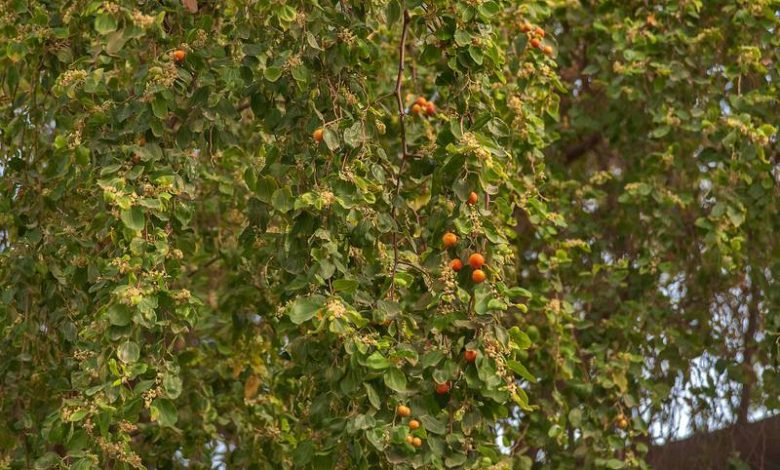Few facts about the Sidra or Sidr Tree

The Sidra or Sidr tree is an important emblem of Qatari history in Qatari culture. For millennia, the Sidra has grown in Qatar’s deserts. The Sidra became a beacon of comfort in the hard desert climate, allowing life to flourish, with roots that stretch deep into the soil, fruit and blossoms that nourish, and leaves that heal. The Sidra also gave shade and refuge to visitors and academics who gathered to avoid the desert heat and share information. The Sidra came to symbolise nutrition, strength and fortitude, as well as learning and growth, over time. The Sidra tree represents endurance, unity, and tenacity in the hearts and minds of Qataris.
Mentioned in Holy Quran
When Prophet Adam (Pbuh) was made to descend to Earth, the first item he ate was the Sidr fruit. During the reign of King Soloman (Pbuh) and the Pharaohs, the tree was utilised to construct palaces and temples. This hardy tree is likewise holy, having been referenced four times in the Quran. It is referred to as an earth tree in Surah Saba and a paradise tree in other Suras (Sidrat al-Muntaha). Allah has described this tree in order to highlight its beauty, power, and majesty (Saba 15,16; Waqia 27-33; Najm 7-18). It is a strong and deep-rooted tree that, together with two other trees, has survived the disastrous floods of Eram at Ma’arib. (Saba 15,16).
Qatar Foundation
For these reasons, the Sidra is featured as the logo of the Qatar Foundation, a non-profit organisation created in 1995 with the mission of developing people’s capacities via investments in human capital, innovative technology, strategic alliances, and cutting-edge facilities.
Qatar National Convention Centre
The Sidra influenced the facade of the Qatar National Convention Centre, a prominent structure in Education City, the Qatar Foundation’s educational complex in Doha. The front-facing Sidra structure is 250 metres wide and five floors tall.
Medicinal Value
Its constituent elements are all medicinal. Its leaves are used to make a herbal shampoo that is intended to cure dandruff, head lice, inflamed eyes, abscesses, furuncles, and obesity. The leaves, when mixed with warm water, are used to clean the body because they are bactericidal, and the oil from the resin is deodorant. The wood ash it produces is used to cure snakebites. Its fruits have been discovered to have a very high energy value. The seeds are high in protein, and the leaves are high in calcium, iron, and magnesium. The root, stem, and bark are all utilised in medicinal formulations. Other documented medical applications include stomachic, appetiser, astringent, and cough medication.
Sidr Honey
Furthermore, honey from bees that feed on the nectar of the tree has anti-bacterial qualities that suppress infectious illnesses, especially when compared to other forms of honey. Sidr Honey is recognised across the world for its flavour and quality. It is produced all over the world because it tastes good. It differs from those produced in other places because the soil in this region is richer, which determines the flavour.






